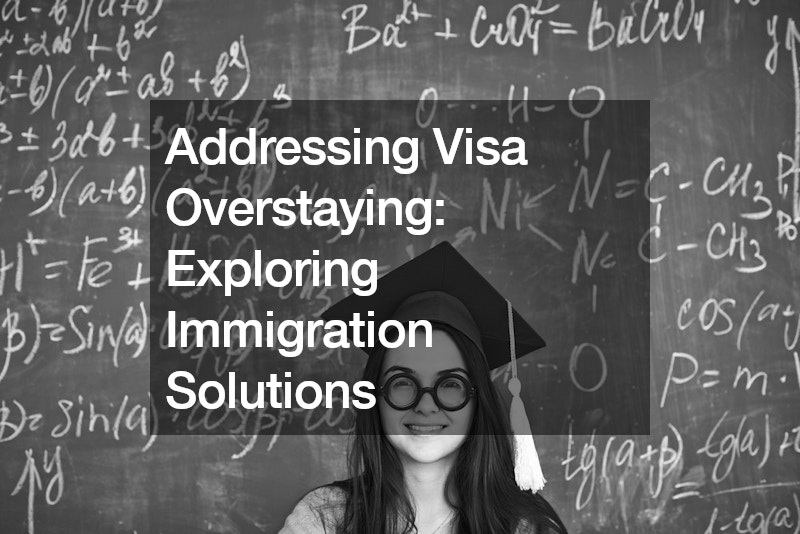
In recent years, the issue of visa overstaying has emerged as a significant challenge for immigration authorities worldwide. Individuals entering a country on temporary visas, such as student visas, often choose to remain beyond the expiration of their visas, leading to undocumented immigration and associated social, economic, and legal implications. The United Kingdom, like many other nations, grapples with the complexities of addressing visa overstaying while upholding immigration laws and safeguarding national security. In this article, we will explore potential immigration solutions aimed at mitigating the impacts of visa overstaying and promoting effective border management.
One approach to addressing visa overstaying involves enhancing border security and immigration enforcement measures to prevent individuals from entering the country on fraudulent or expired visas.
This includes implementing advanced technology and data analytics to monitor visa applications, identify high-risk travelers, and detect fraudulent documents. By strengthening border controls and screening procedures, immigration authorities can deter individuals with intentions to overstay from entering the country, thus reducing the incidence of visa violations.
Furthermore, immigration solutions may involve improving the efficiency and effectiveness of visa processing and monitoring systems to track the movements of temporary visa holders accurately. This includes implementing biometric screening measures, such as fingerprinting and facial recognition, to verify travelers’ identities and ensure compliance with visa requirements. By leveraging technology and data-sharing agreements with international partners, immigration authorities can enhance their capacity to monitor visa holders’ activities and identify potential overstayers in a timely manner.
Another key aspect of addressing visa overstaying is enhancing collaboration and information sharing between government agencies, law enforcement authorities, and immigration stakeholders. This includes establishing interagency task forces and cooperation mechanisms to coordinate efforts in identifying, apprehending, and deporting overstayers. By fostering collaboration between relevant authorities, immigration solutions can facilitate the exchange of intelligence, streamline enforcement actions, and improve overall immigration enforcement outcomes.
In addition to enforcement measures, immigration solutions should also focus on addressing underlying factors contributing to visa overstaying, such as economic hardship, political instability, and lack of legal pathways to immigration. This includes implementing policies to promote economic development, job creation, and social integration in countries of origin, thereby reducing the incentive for individuals to migrate irregularly in search of better opportunities abroad. Furthermore, expanding legal immigration pathways, such as guest worker programs and family reunification initiatives, can provide viable alternatives to undocumented migration and reduce the pressure on temporary visa systems.
Moreover, immigration solutions should prioritize the protection of vulnerable populations, such as asylum seekers, refugees, and victims of trafficking, who may be at risk of exploitation and abuse due to their immigration status. This includes strengthening asylum procedures, providing access to legal representation and support services, and ensuring humane treatment and due process for individuals in immigration detention. By upholding international refugee and human rights standards, immigration solutions can promote fairness, dignity, and respect for the rights of all migrants, regardless of their immigration status.
Furthermore, immigration solutions should take into account the diverse needs and circumstances of visa overstayers, including individuals who may have legitimate reasons for remaining in the country, such as family ties, employment opportunities, or humanitarian concerns. This requires implementing flexible and responsive immigration policies that balance enforcement objectives with humanitarian considerations, such as offering pathways to regularization for eligible overstayers, subject to strict eligibility criteria and compliance requirements.
In conclusion, addressing visa overstaying requires a multifaceted approach that combines enforcement measures with proactive strategies aimed at addressing root causes and promoting legal pathways to immigration. By enhancing border security, improving visa processing systems, fostering interagency collaboration, and addressing underlying factors driving irregular migration, immigration solutions can help mitigate the impacts of visa overstaying while promoting effective border management and upholding the rule of law. Ultimately, by adopting a comprehensive and balanced approach, countries can navigate the complexities of immigration enforcement while ensuring the protection of migrants’ rights and the integrity of their immigration systems.
.
